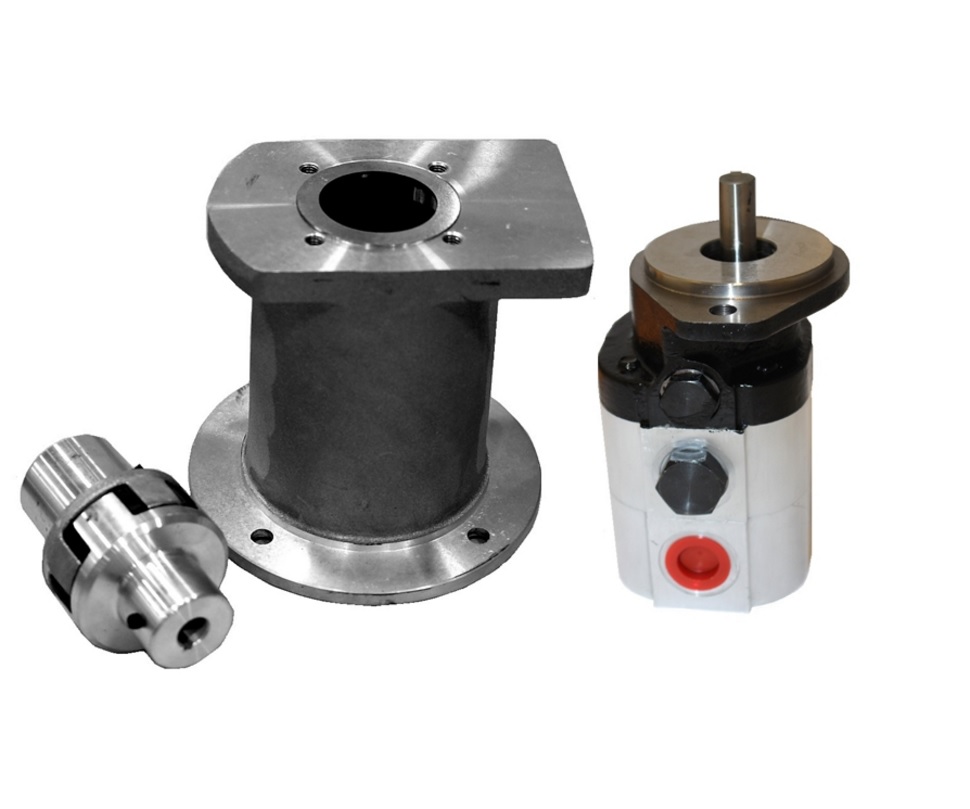

- #Whatsize hydraulic pump for 18hp gas engine driver
- #Whatsize hydraulic pump for 18hp gas engine full
You can view a technical page from our catalog here – it will help to further explain the calculation process. This means that the pump pulley must be 12.70 inches, in diameter, to run the pump at 1070 rpm. If the drive pulley on the engine is 4 inches in diameter, we need to calculate 4/.315 = 12.70. 611 = 6.55”įor the same pump, driven by a gas engine, 1070 (pump RPM) divided by 3400 (engine RPM) =. That mathematical equation is as follows: 4” divided by. Hypothetically speaking, if we had a 4 inch pulley on the motor, we would require a 6.55” pulley on the pump. Therefore, the ratio of the required pulleys would be 1070 (pump RPM) divided by 1750 (motor RPM) =.
#Whatsize hydraulic pump for 18hp gas engine full
In the example below, the pump RPM is 1070, for full output, while the motor is 1750 RPM.
#Whatsize hydraulic pump for 18hp gas engine driver
There are complicated formulas for determining pulley ratios but in generic, layman terms, simply divide the driven component (pump) by RPM, the driver component (motor or engine) rated by RPM to get the required ratio. Here are just a handful of the pulley-driven pump products that we offer. Dultmeier Sales is proud to display the Built in the USA logo on our products. We assemble many units using this method in Omaha, NE. The scope of this post will be focused towards plunger pump applications. Thus, ultimately a less efficient system which equates to more down time and added cost of operation. This could lead to shorter equipment lifespans and/or reduced output flow rates. If you start with an incorrect figure for RPM – you will size your equipment incorrectly. Do note, one must determine the rpm of their drive unit to be able to accurately calculate the pulley/sheave size. For the sake of this discussion, we will assume standard electric motors at 1750 RPM and standard gas engines at 3400RPM. Therefore, it is absolutely critical to ensure correct pulley sizing and analysis of the drive unit, (motor, engine, etc.) relative to the pump. Conversely, if the pump is turning too fast, it could cause premature mechanical failures (i.e. If the pump is turning too slow – it will not give full performance. Incorrect pump RPM will adversely affect the pump performance. RPM speed is what determines the pump output flow rate – in gallons per minute, liters per minute, etc.

Why is it Necessary to Size Pulleys for Each Application?įor proper operation of any brand or pump type, it is critical to size pulleys and sheaves, correctly, in order to maintain correct RPM, (revolutions per minute).


 0 kommentar(er)
0 kommentar(er)
